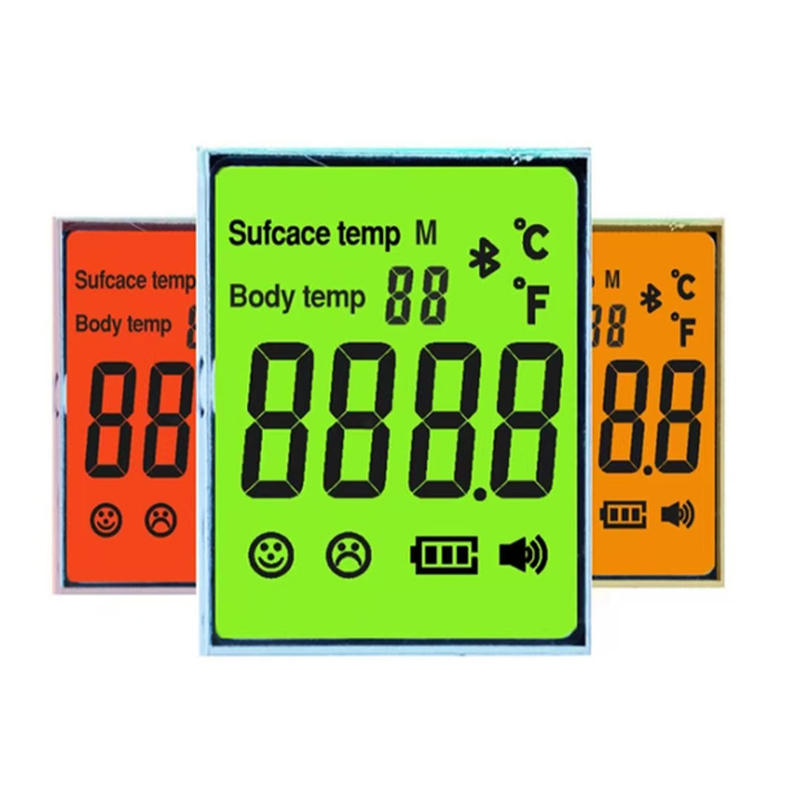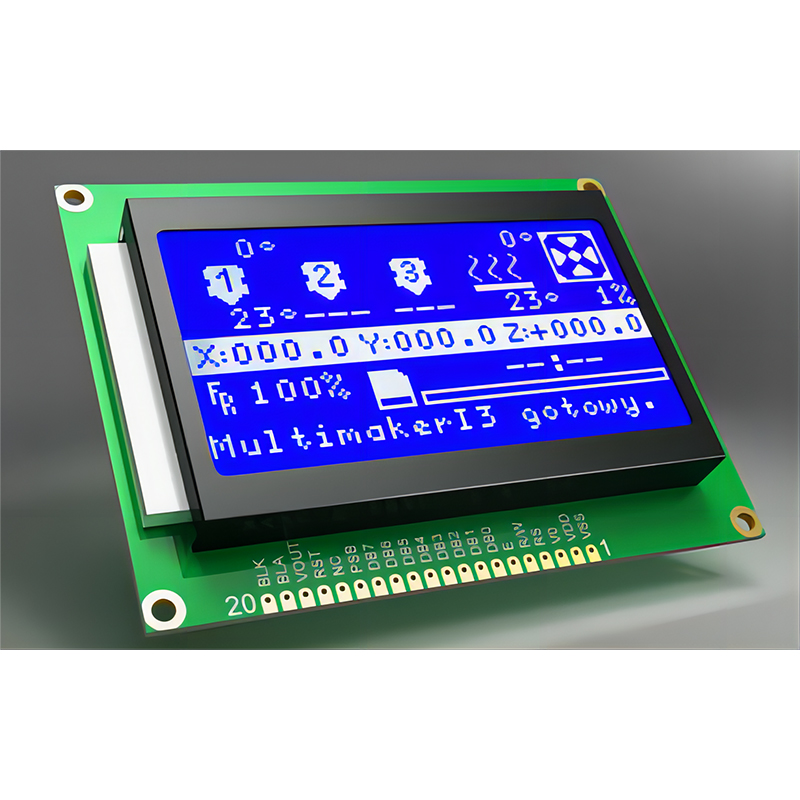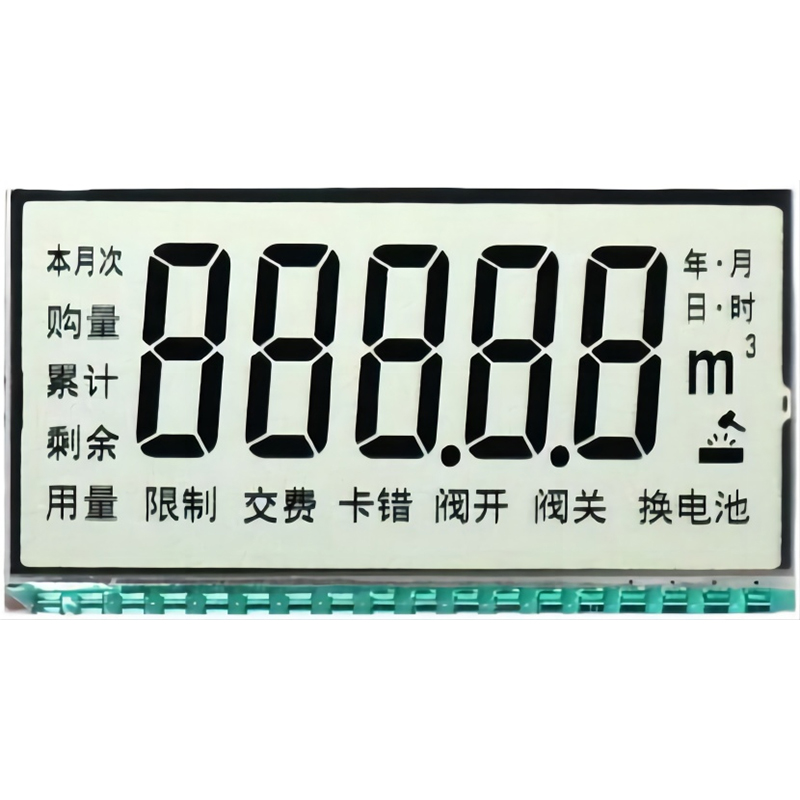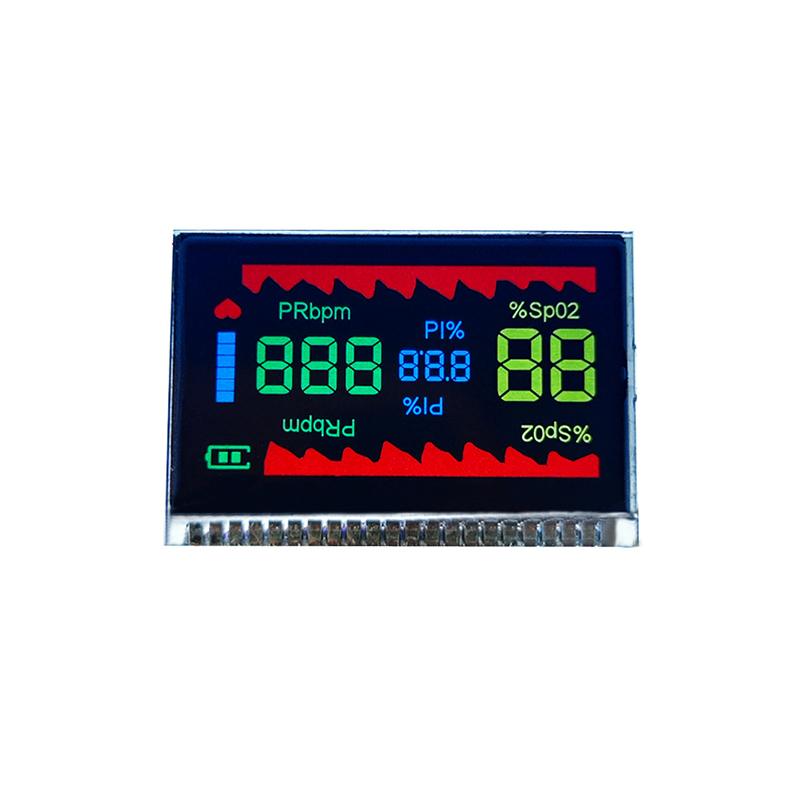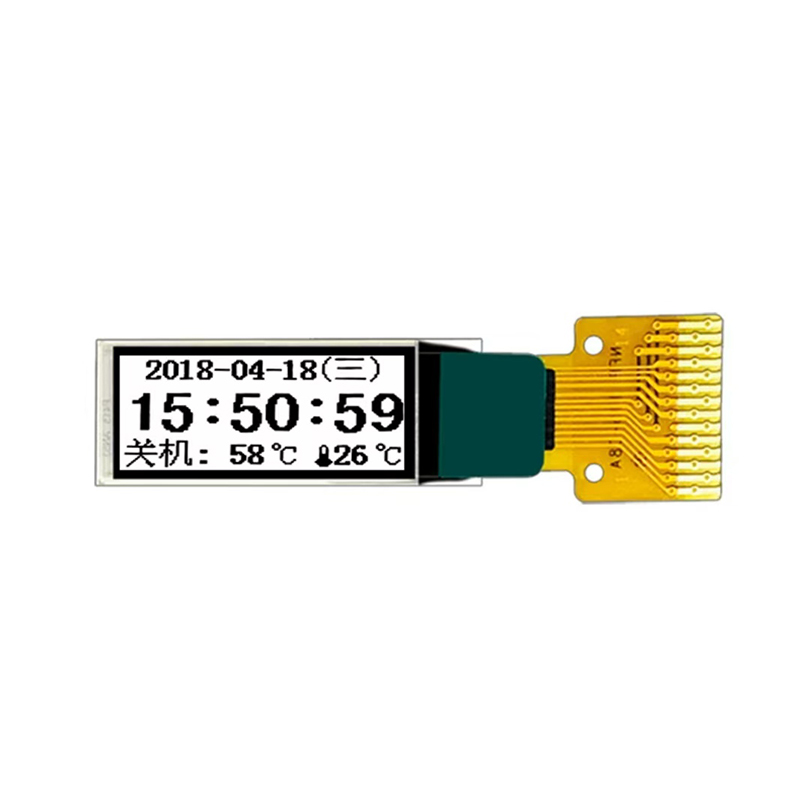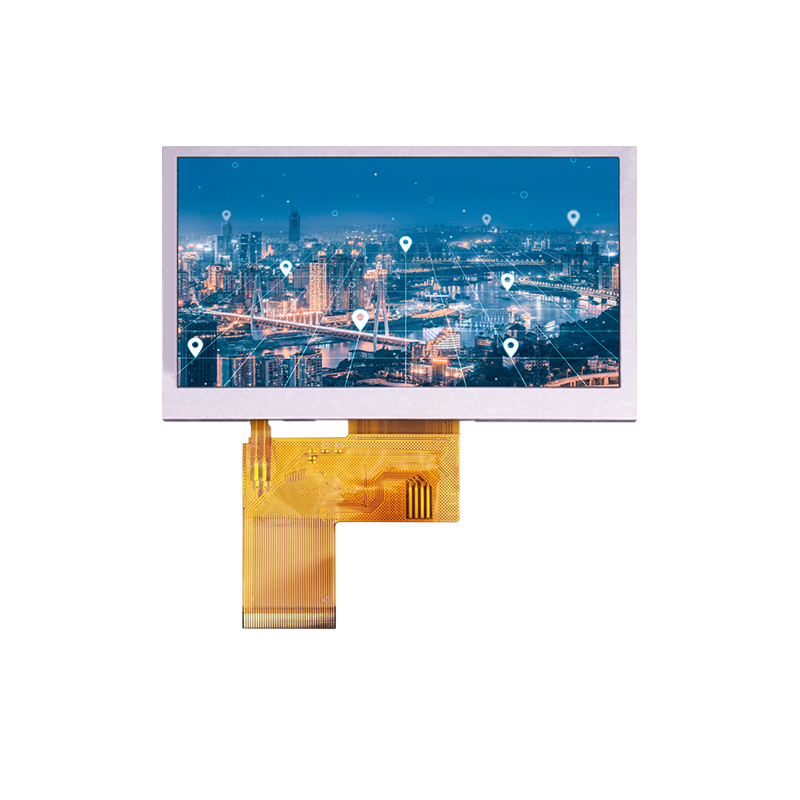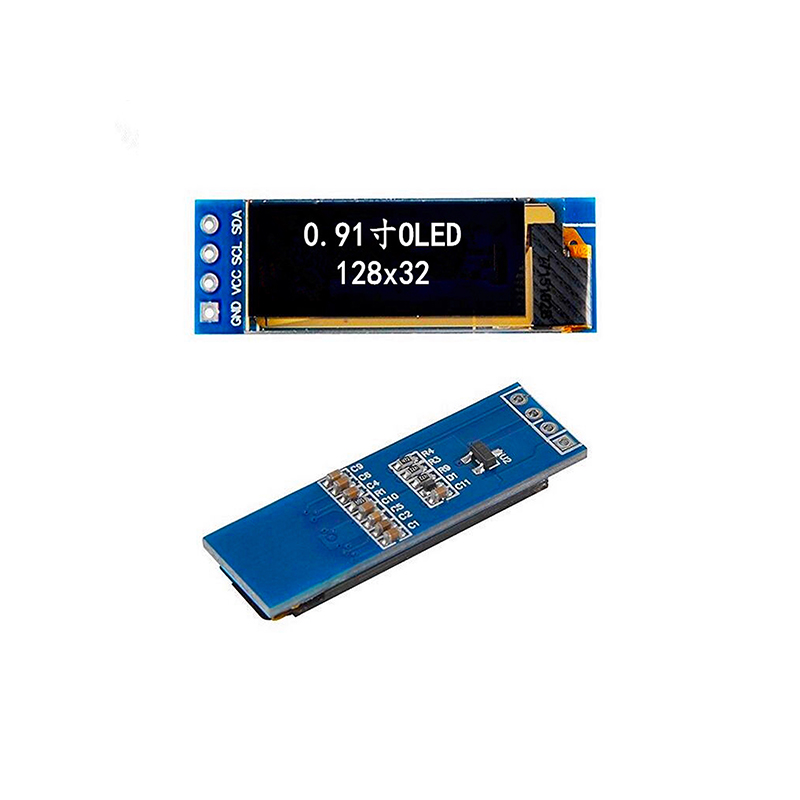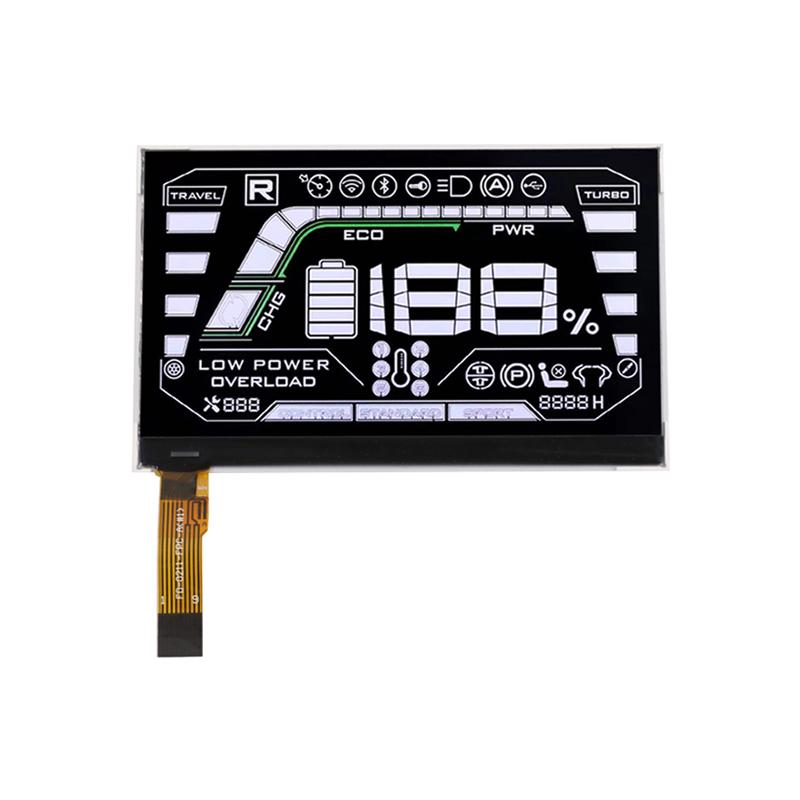Best Dot Matrix Display Board: A Comprehensive GuideThis guide explores the world of dot matrix display boards, helping you choose the best one for your needs. We'll cover various types, key features, applications, and factors to consider before purchasing. Learn how to select a dot matrix display board that meets your specific requirements and budget.
Understanding Dot Matrix Display Boards
What is a Dot Matrix Display Board?
A
dot matrix display board is an electronic display device that creates images or characters by illuminating individual dots arranged in a matrix. These dots, typically LEDs or other light-emitting elements, are arranged in rows and columns to form the desired display. The resolution and brightness are determined by the number and intensity of the dots. This technology is widely used in various applications due to its cost-effectiveness and flexibility.
Types of Dot Matrix Display Boards
Several types of
dot matrix display boards exist, each with specific characteristics: LED Dot Matrix Displays: These are the most common type, utilizing light-emitting diodes for illumination. They offer excellent brightness, energy efficiency, and long lifespan. Vacuum Fluorescent Displays (VFDs): VFDs utilize a vacuum tube technology to create the display. While offering a distinctive appearance, they are generally less energy-efficient and less durable than LEDs. Incandescent Dot Matrix Displays: These displays use tiny incandescent bulbs for illumination. They are rarely used today due to high energy consumption and short lifespan compared to LED and VFD alternatives.
Key Features to Consider
When selecting a
dot matrix display board, consider these crucial features: Size and Resolution: The size and resolution determine the display's clarity and the amount of information it can show. Higher resolutions provide sharper images and text. Brightness: Brightness is essential for visibility in different ambient lighting conditions. Consider the environment where the display will be used. Operating Voltage and Current: Check the power requirements to ensure compatibility with your power supply. Interface: The interface determines how the display connects to your controller or system. Common interfaces include SPI, I2C, and parallel interfaces. Refresh Rate: The refresh rate impacts the smoothness of animations and moving text. Higher refresh rates minimize flickering.
Applications of Dot Matrix Display Boards
Dot matrix display boards find applications in diverse industries: Industrial Control Panels: Displaying operational parameters, status indicators, and alarms. Electronic Signage: Presenting simple messages, advertisements, or directions. Scoreboards: Displaying scores and game information in sporting events. Consumer Electronics: Used in some older electronic devices for displaying simple text and numbers. Transportation: In some vehicles, displaying basic information such as time and temperature.
Choosing the Right Dot Matrix Display Board
Selecting the optimal
dot matrix display board requires careful consideration of your application's specific requirements. This includes factors like the required display size, resolution, brightness, power requirements, and interface. Consider the environment the display will operate in and its expected lifespan.
Example: Comparing Two Popular Dot Matrix Display Boards
| Feature | Model A | Model B |
| Size | 16x2 characters | 32x16 dots |
| Brightness | 2000cd/m2 | 1500cd/m2 |
| Interface | Parallel | SPI |
| Power Consumption | 5V, 100mA | 3.3V, 50mA |
(Note: Model A and Model B are hypothetical examples for illustrative purposes.)
Where to Buy Dot Matrix Display Boards
For a wide selection of high-quality
dot matrix display boards, consider exploring options from reputable suppliers. One such supplier is
Dalian Eastern Display Co., Ltd., a company specializing in LCD and LED display technologies. Their extensive product catalog offers a range of sizes, resolutions, and specifications to meet diverse requirements.
Conclusion
Choosing the best
dot matrix display board depends on your specific needs and application. By considering factors like size, resolution, brightness, interface, and power consumption, you can select a display that perfectly meets your requirements. Remember to always purchase from reliable suppliers to ensure quality and longevity.



